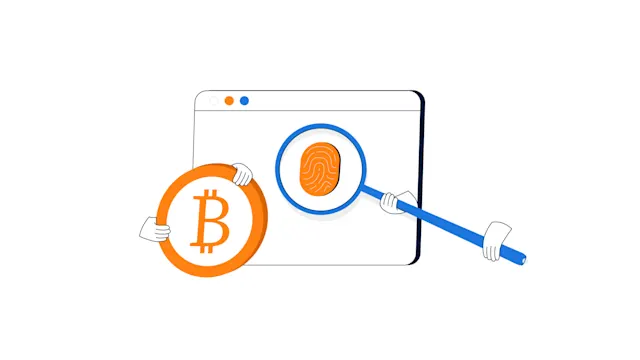
Understanding the Crucial Role of Proof of Work in Bitcoin
In the world of cryptocurrencies, Bitcoin stands as a pioneering beacon, a revolutionary creation that has transformed our understanding of money and value.
In the world of cryptocurrencies, Bitcoin stands as a pioneering beacon, a revolutionary creation that has transformed our understanding of money and value. Central to Bitcoin's success and resilience is a concept that is often misunderstood or overlooked: Proof of Work (PoW). As Dergigi aptly put it, "A failure to understand proof of work is a failure to understand Bitcoin." To truly grasp the essence of Bitcoin, one must delve into the significance of PoW and how it ties Bitcoin to the physical reality.
The Essence of Proof of Work
Proof of Work is a consensus mechanism used by the Bitcoin network to validate transactions and secure the blockchain. Introduced by Satoshi Nakamoto in the Bitcoin whitepaper, PoW requires network participants, known as miners, to solve complex mathematical problems to add new blocks to the blockchain. This process is computationally intensive and requires significant energy expenditure.
Security Through Computational Effort
One of the primary roles of PoW is to ensure the security of the Bitcoin network. By requiring miners to expend computational effort and electricity, PoW makes it prohibitively expensive and difficult for any single entity to manipulate the blockchain. The energy and resources required to perform a successful attack on the network, such as a 51% attack, are immense, making the network highly secure and resilient against malicious actors.
Tying Bitcoin to Physical Reality
Proof of Work is not just a technical protocol; it serves a deeper philosophical and economic purpose by tying Bitcoin to the physical world. In traditional fiat systems, money can be created with the stroke of a pen or the click of a button, leading to potential issues like inflation and loss of value. Bitcoin, on the other hand, requires the expenditure of real-world resources—electricity and computational power—to be produced.
This anchoring of Bitcoin to physical reality through PoW creates a form of digital scarcity that is analogous to precious metals like gold. Just as gold must be mined from the earth, Bitcoin must be "mined" through PoW, giving it an inherent value rooted in the physical effort required to produce it. This concept is fundamental to understanding why Bitcoin is often referred to as "digital gold."
Energy Expenditure: A Feature, Not a Bug
Critics often point to Bitcoin's energy consumption as a flaw, but this perspective misses the broader picture. The energy expenditure required by PoW is a crucial feature that underpins Bitcoin's value and security. It is this very consumption that makes Bitcoin robust, decentralized, and resistant to censorship and central control.
Moreover, Bitcoin's energy usage has spurred innovation in the renewable energy sector, with many mining operations seeking out sustainable and cost-effective energy sources. This trend towards greener energy solutions can potentially drive positive environmental impacts in the long term.
Conclusion
Understanding Proof of Work is essential to understanding Bitcoin. PoW is the bedrock of Bitcoin's security, decentralization, and value proposition. It ties the digital currency to the physical world, ensuring that each Bitcoin is backed by real-world effort and resources. By appreciating the importance of PoW, one gains a deeper insight into why Bitcoin is not just another digital currency, but a revolutionary financial system poised to reshape our understanding of money and value.
In the words of Dergigi, failing to comprehend Proof of Work is failing to comprehend Bitcoin itself. To truly appreciate the profound impact of Bitcoin, one must recognize the indispensable role that PoW plays in its architecture, security, and intrinsic value.



